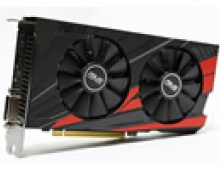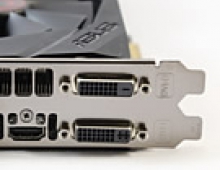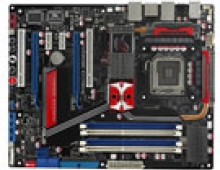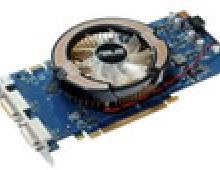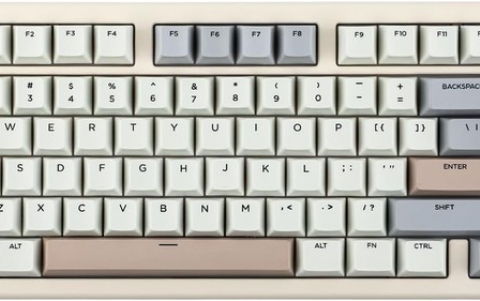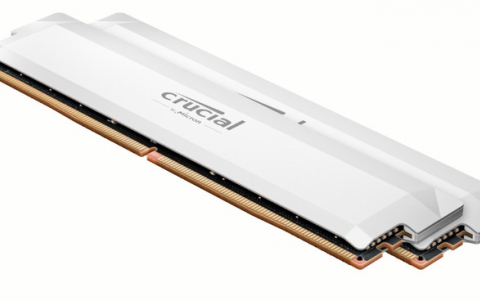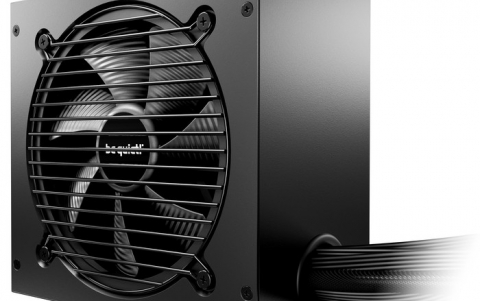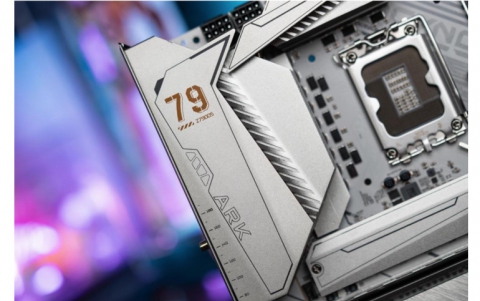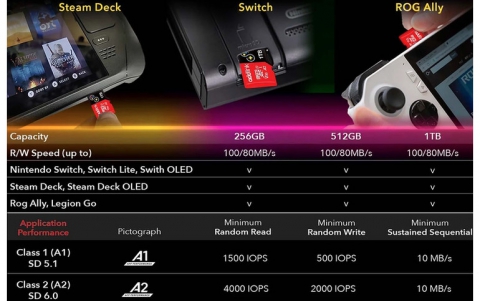Asus Xonar DX
1. Introducing the Asus Xonar DX audio card
Review Pages
2. Inside the box
3. Installation
4. ASIO mode
5. Test Configuration
6. Test Results 16bit
7. Test Results 24bit
8. Comparison tests 16bit
9. Comparison tests 24bit
10. Conclusion
![]() Last year Asus released the first model of its Xonar series or sound cards, the Xonar D2. The taiwanese company continued the line up last February with the introduction of the Xonar DX. It may not be easy for Asus to convince the audiophiles to change their audio equipment, however the Asus Xonar DX could attract gamers with its affordable price and performance. Or not? We come up with more conclusions later on.
Last year Asus released the first model of its Xonar series or sound cards, the Xonar D2. The taiwanese company continued the line up last February with the introduction of the Xonar DX. It may not be easy for Asus to convince the audiophiles to change their audio equipment, however the Asus Xonar DX could attract gamers with its affordable price and performance. Or not? We come up with more conclusions later on.
The Xonar DX series are basically a strip downed version of the D2 (flagship) model. Asus claims that its high quality components results to a 116dB SNR (Signal-to-Noise Ratio) while the Dolby Home Theater Technologies and DS3D GX promise to offer crisp and clear audio quality and rich gaming sound effects. The Xonar DX series is installed in the PCI-e slot of your PC.

- Features
 35 Times Cleaner Audio Quality
35 Times Cleaner Audio Quality
The Xonar DX is capable of delivering 35 times cleaner audio quality with 116dB SNR in comparison to most motherboard onboard audio with only 85dB SNR. While noise is unavoidable, the Xonar DX dramatically reduces the amount of background noise, and it is this distinction that allows the Xonar DX to produce as little as 1/32 (-105dB) of the total harmonics distortion versus traditional motherboard audio (-75dB).
As most onboard audio only provide 80~86 dB SNR audio quality, background noises are easily heard while listening to music or playing games. By adopting the CirrusLogics CS4398 audio DAC (120dB SNR & 117dB THD+N) that is often used in Hi-Fi devices, the Xonar DX provides at least 30% better quality sounds than the average onboard audio.
Latest DirectSound & Ability to Play EAX 5.0 Titled GamesWith the new audio architecture in Vista, users will sometimes be unable to achieve multi-channel sounds, DirectSound; and EAX 5.0 sound effects in EAX 5.0 Titled PC games. With the ASUS Xonar DX, all these problems will be solved. With support for the innovative DS3D GX 2.0 technology, the Xonar DX automatically supports the latest EAX and DirectSound HW after installation without the need to search for additional drivers or OpenAL – as most games are DS3D/DirectX compatible.
Innovative VocalFX for Lively and Engaging Online Chats
VocalFX is an innovative voice processing technology for users’ voices to enter into the realistic gaming landscape (VoiceEX), or to emulate the background scenes in online chats (ChatEX). It also allows them to disguise their voice pitches (Magic Voice). With all these features, users will have boundless entertainment while utilizing voice communications on the PC.
Dolby Sound Technologies for Ultimate High Quality Audio
Besides delivering impressive audio quality, the Xonar DX, like other members of the Xonar family of audio devices, is also packed with multiple sound technologies from Dolby to deliver outstanding entertainment experiences. These include Dolby Digital Live, which converts PC or game audio content into Dolby Digital in real-time; Dolby Headphone, which creates a surround sound listening experience when using any set of headphones; Dolby Virtual Speaker, which delivers a vibrant surround sound listening experience from stereo speakers and Dolby Pro Logic® IIx, which creates up to 7.1-channel surround sounds from stereo or 5.1 sources.
- System Requirements
- One PCI Express 1.0 (or higher) compatible slot for the audio card
- One available 4-pin power cable from PC’s power supply unit
- Microsoft® Windows® Vista(32/64bit)/XP(32/64bit)/MCE2005
- Intel Pentium 4 1.4GHz or AMD Athlon 1400 CPU or faster CPU
- >256 MB DRAM system memory
- >60 MB available HDD space for driver installation package
- CD-ROM drive (or DVD-ROM drive) for software installation
- High-quality headphones, powered analog speakers, or a Dolby Digital or DTS decoder, to enjoy the ultra-high fidelity sounds of the card
- Full specifications
| Items | Description |
| Audio Performance | |
| Output Signal-to-Noise Ratio (A-Weighted): | 116 dB for Front-out 112dB for other channels |
| Input Signal-to-Noise Ratio (A-Weighted): | 112dB |
| Output Total Harmonic Distortion + Noise at 1kHz (-3dB) : | 0.00056% (-105dB) for Front-out |
| Input Total Harmonic Distortion + Noise at 1kHz (-3dB) : | 0.0004% (-108dB) for Line-in |
| Frequency Response (-3dB, 24-bit/96kHz format): | <10Hz to 48KHz |
| Output/Input Full-Scale Voltage | 2 Vrms (5.65 Vp-p) |
| Bus Compatibility | |
| PCI Express | -PCI Express Rev.1.0a specification compatible -Max. full 2.5Gbps bandwidth per direction and optimized latency for high-definition audio processing -Compatible with X1, X4, X8, X16 PCI Express slots |
| Main Chipset | |
| Audio Processor | ASUS AV100 High-Definition Sound Processor (Max. 192KHz/24bit) |
| 24-bit D-A Converter of Digital Sources: | Cirrus-Logic CS4398*1 for Front-Out (120dB SNR, Max. 192kHz/24bit) Cirrus-Logic CS4362A*1 for other 6 channels (114dB SNR, Max. 192kHz/24bit) |
| 24-bit A-D Converter for Analog Inputs: | Cirrus-Logic CS5361* 1 (114dB SNR, Max. 192kHz/24bit) |
| Sample Rate and Resolution | |
| Analog Playback Sample Rate and Resolution | 44.1K/48K/96K/192KHz @ 16/24bit |
| Analog Recording Sample Rate and Resolution | 44.1K/48K/96K/192KHz @ 16/24bit |
| S/PDIF Digital Output | 44.1K/48K/96K/192KHz @ 16/24bit, Dolby Digital, DTS |
Review Pages
2. Inside the box
3. Installation
4. ASIO mode
5. Test Configuration
6. Test Results 16bit
7. Test Results 24bit
8. Comparison tests 16bit
9. Comparison tests 24bit
10. Conclusion

